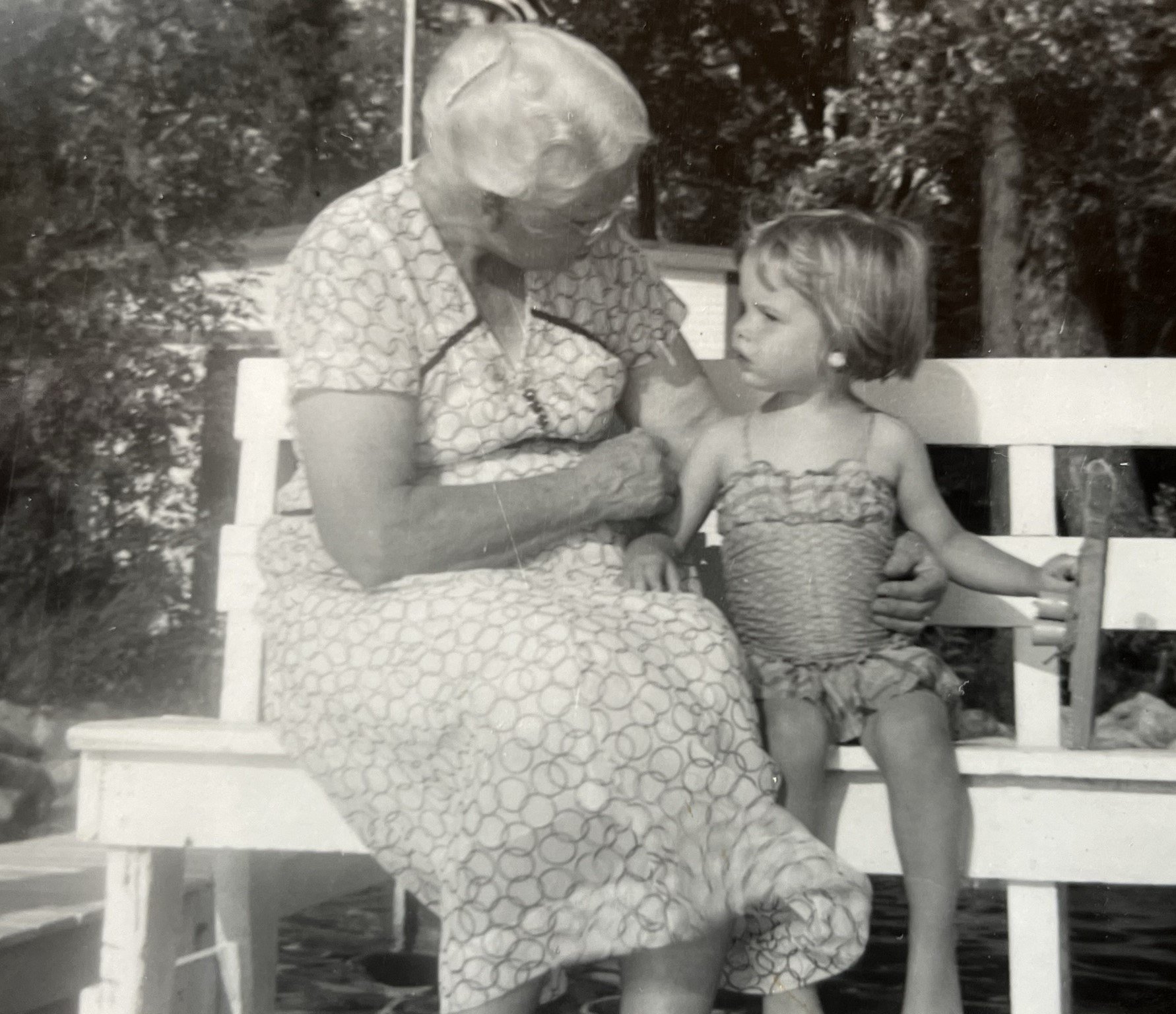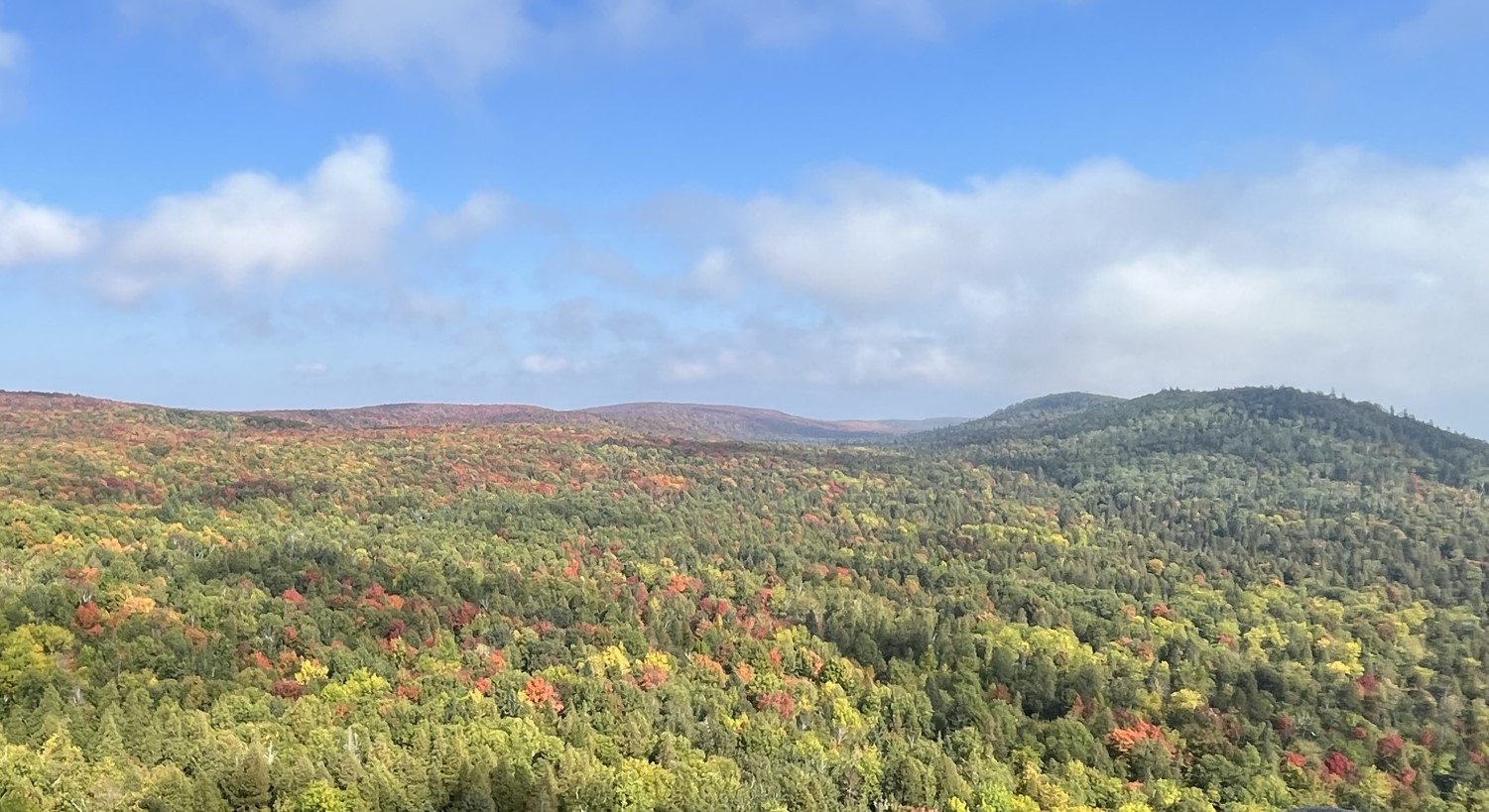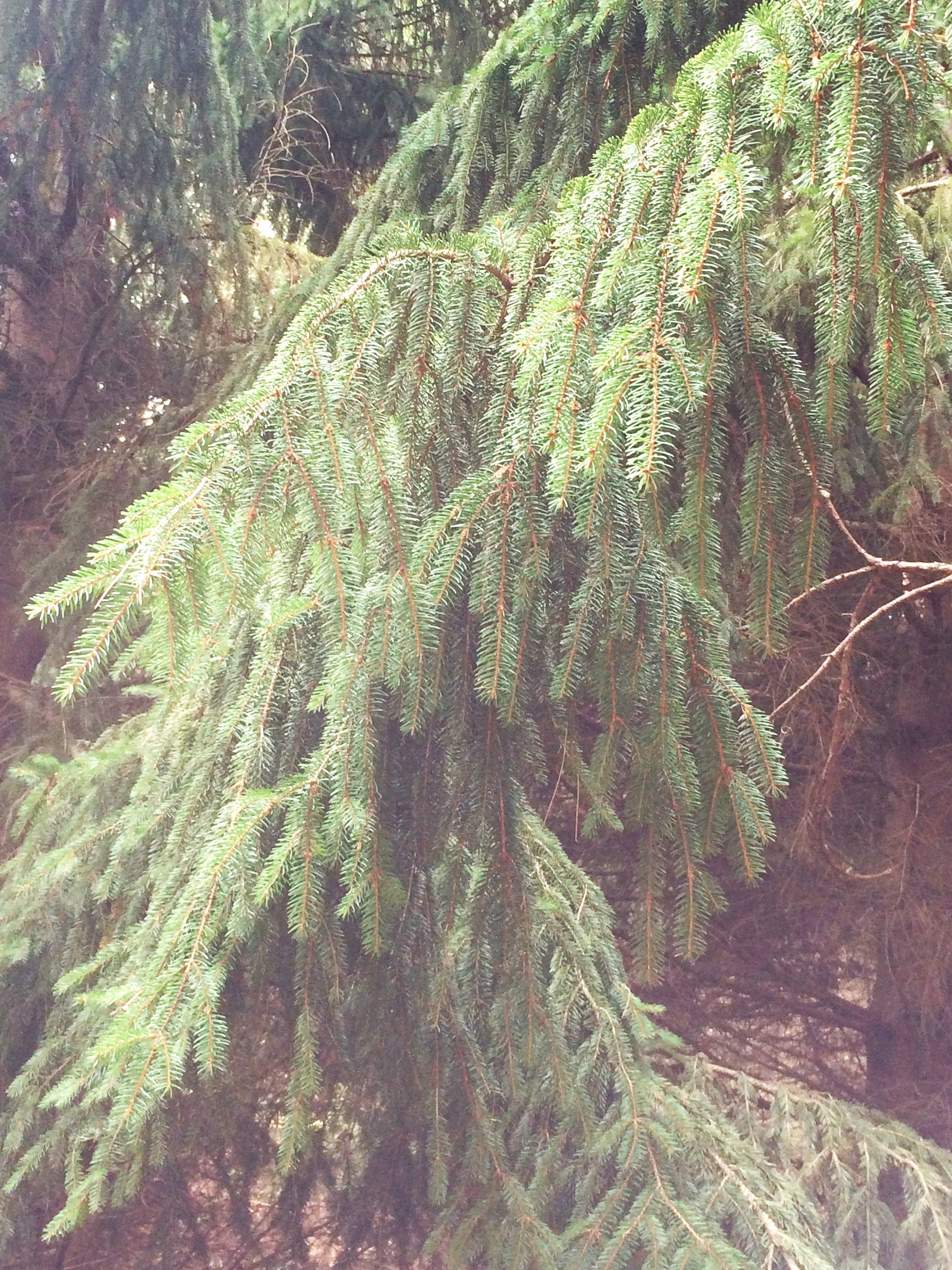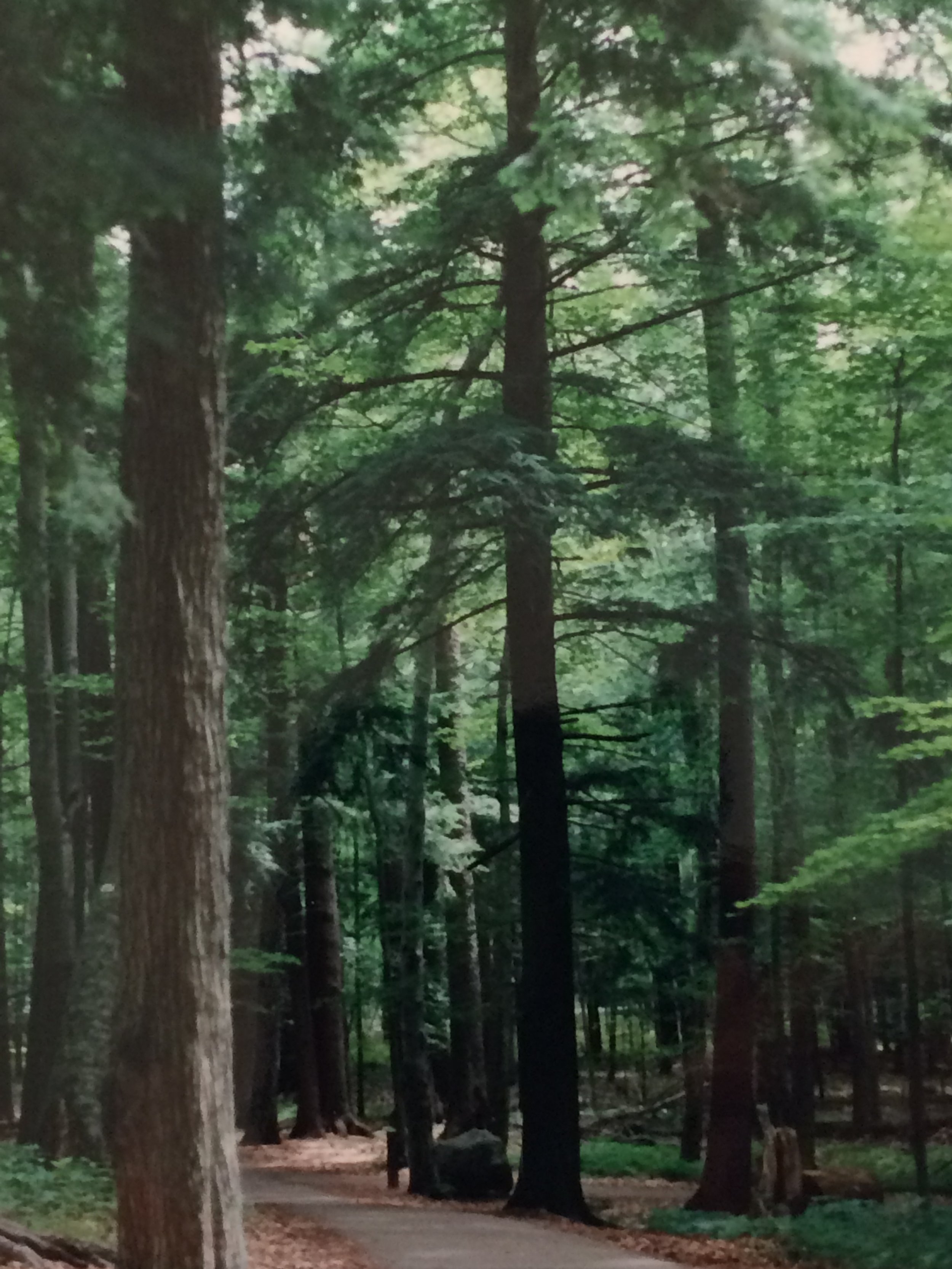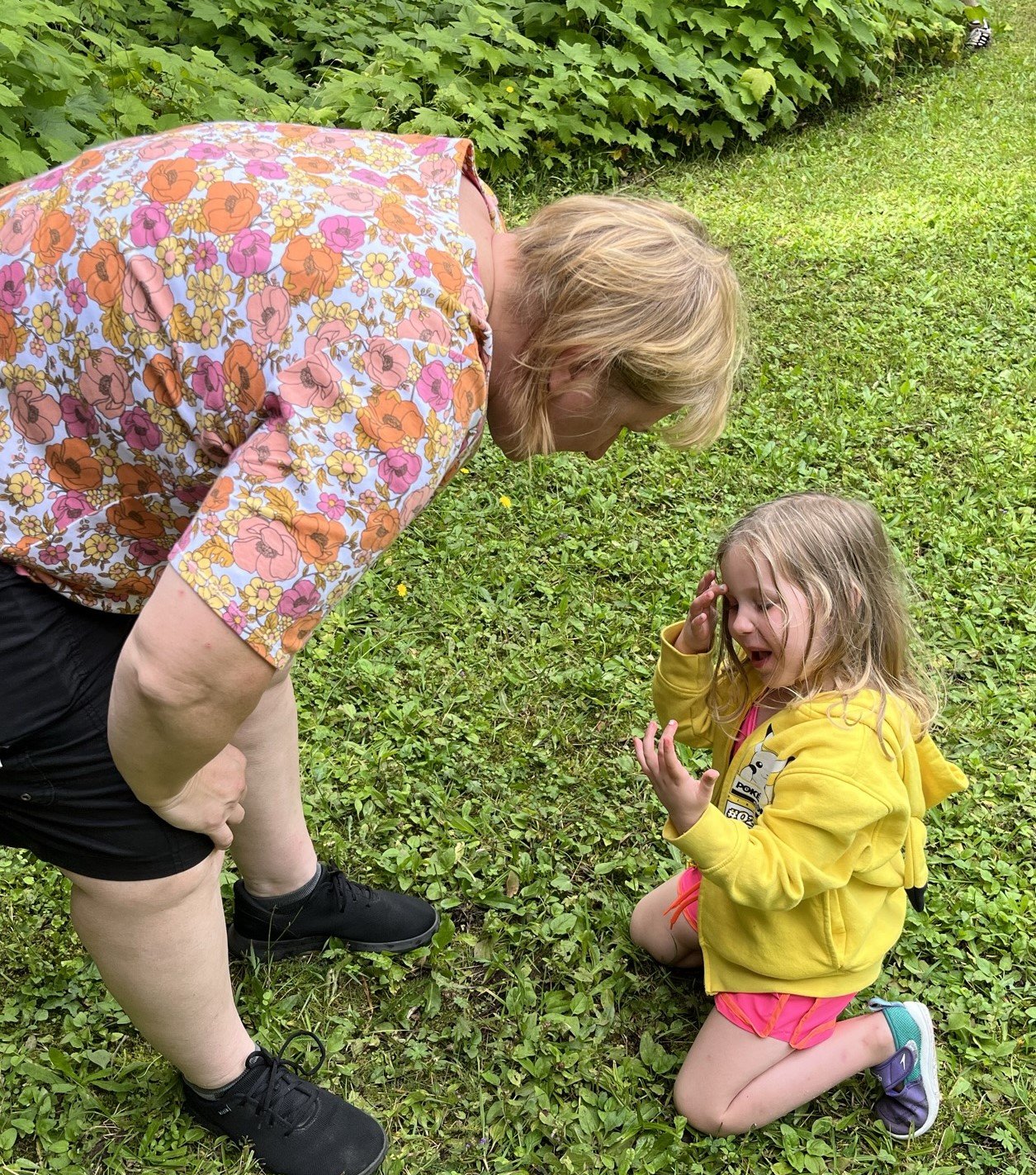“Listen is such a little, ordinary word that it is easily passed over. Yet we all know the pain of not being listened to, of not being heard.“ – Margaret Guenther
One of the main things I learned in all my time as a professor on a college campus was how isolated and alone the vast majority of students felt. I learned it in my office when students would come to me needing someone to talk to, but I could also see it in the expressions on the faces of the hundreds of students I would pass walking through the halls. It was the pain of not being listened to, of not being known. In schools we expect students to participate, to learn how to communicate their ideas clearly, to present sound research in public forums, to critique each other – often in combative ways. We teach how to speak, but not how to listen. It seems the whole country is afflicted with this particular inability and its consequences. We’ve learned how to shout at each other, but not to listen, and who ever shouts the loudest ‘wins,’ but it gets us nowhere in terms of creating the beloved community.
It was in a consciousness-raising (CR) group that I had my first lessons in how to listen. In the summer of 1980, my friend, Joyce, who was President of the local chapter of NOW, and I, along with a group of other women, trained with the state chapter of NOW in how to lead a CR group. We used NOW’s “Guidebook for Consciousness-Raising Groups,” which laid out several rules for the groups, as well as several topics for exploration along with suggested questions. The rules included steady attendance; beginning and ending on time; absolute confidentiality; speaking from one’s own truth and experience using “I” statements; no interrupting, confronting, arguing, questioning, calling for explanation or justification, eyebrow raising, eye rolling, or hostile glances; and finally, giving each woman undivided attention – one person speaks at a time and everyone listens -- no knitting, sewing, doodling, side conversations. All would sit in a circle, each woman speaking in turn about her experiences, feelings, thoughts, and perceptions, without interruption, confrontation, critique, or advice. Honest self-disclosure was valued and encouraged, with a purpose to raise consciousness about one’s own and others’ lives, to recognize common ground, and to move from that to action against oppression. When Joyce and I ran CR groups, we witnessed the power of truly being listened to, as well as the incredible privilege of being the one entrusted with listening. I also learned how to listen to myself, for in that atmosphere, the truths of my own life that I had silenced were spoken.
“You heard me. You heard me all the way.” So goes the oft-quoted statement of one of the participants in a consciousness-raising group in which feminist theologian Nelle Morton participated. It is a testimony to the power of what happens in CR groups – of hearing each other into speech. “When we are listened to, it creates us, makes us unfold and expand. Ideas actually begin to grow with us and come to life,” wrote Brenda Ueland, the first female journalist in Minneapolis.[i] This was the blossoming born of CR groups, where women began to discover truths long buried and watch them unfold and come to life.
The method employed in CR groups was important in helping women to find their voice in safe and respectful spaces, apart from the silencing they had so often experienced from men. However, not everyone in these groups felt listened to. “Are we being supportive and respectful if we hear but fail to listen to one another?” asked Lynet Uttal, who found the “polite nods” of support in Anglo feminist support groups (somewhat different from CR groups) to be silencing in a different way. She grew tired of polite nods that didn’t tell her if anyone was listening. As she wrote, “A polite nod does not incorporate ideas into an ongoing discussion. . . . No one is listening when they have no responses. . . . a question or response lets me know that someone is listening to me and working with me to understand. . . . I prefer the query which makes my comment a building block in the discussion.”[ii]
She was right that true listening – whether called “active” “deep,” “attentive,” or “holy” – also involves asking the right questions – questions that help the listener better to understand the one listened to, or to help them better to know themselves. In her description of “deep listening,” Sister Simone Campbell asks, “’Am I responding in generosity? Am I responding in selfishness? Am I responding in a way the builds up people around me, that builds me up, that is respectful of who I am?’”[iii] Spiritual director, Diane Millis, also talks about the importance of asking the right questions, questions that will help the person discover things about themselves that they may not already have known or even wondered about.
Learning to ask the right questions was an important aspect of my training to become a hospice volunteer. As volunteers, one of our main roles was to be with the dying person and their caregivers in the final days and weeks of their lives. Our role was not to challenge, confront, or argue with whatever the person needed and wanted to say, but rather to be a listening ear. We were told to “leave ourselves at the door” -- to enter with no agenda, leaving our own worries, concerns, political and religious beliefs behind and to “meet them where they are.” As Margaret Guenther put it so well, “I have to put myself out of the way, to become humble. . . I must be reverent, for I am entrusted with something precious and tender.”[iv]
We were being taught to give what Simone Weil called “loving attention.” As one of her commentators wrote, Weil believed that “we do not fully understand a fellow human being by staring, thinking, or even commiserating with her. Instead, understanding comes only when we let go of our self and allow the other to grab our full attention. In order for the reality of the other’s self to fully invest us, we must first divest ourselves of our own selves.”[v]
We were taught to listen for the clues, the significances dropped into a conversation – a brief mention of a favorite moment with a friend, of a hobby they loved, of a special place, or treasured story. When we’d hear these clues, we were encouraged to pick them up, and in Ueland’s suggested phrase, ask them to “tell me more.” This listening often brought a light, a release, a peace to their last days, a chance to share those things most important to them in those precious days. One of my favorite moments was when I spent time volunteering in a male hospice ward in England, where the staff – who’d never heard of a hospice volunteer – were a bit skeptical of my role. Most of the men there had been in World War I, and one of the things that surfaced as one of them spoke to me was a song from that time. As he began to sing it, the others joined in. Soon the whole ward was alive with song. It was a glorious moment of life among the dying. (The staff were a bit amazed. They’ve since instituted a volunteer program of their own.)
“Listening is a magnetic and strange thing, a creative force,” wrote Ueland, “ . . . the friends that really listen to us are the ones we move toward, and we want to sit in their radius as though it did us good, like ultraviolet trays.”[vi] One of those friends toward whom I moved was well-known for her ability to listen. Her husband even once told me that he married her because of how well she listened and the kinds of questions she would ask. Not only did she listen to me, she taught me how to listen to others by her example, following up on those dropped hints and drawing a person out. Usually I am the one listening, too, but I’m also fortunate in my life to have a handful of friends over the years who truly offer me the gift of listening, whether in person, over the phone, through emails or letters. The experience of that is akin to what Adrienne Rich wrote in her “Phantasia for Elvira Shatayev,” “I have never seen my own forces so taken up and shared and given back.”[vii] Such listening is clarifying, affirming, revealing – both allowing me to speak my own truths and to discover new possibilities. It is a listening that lets the person know that you care, that invites intimacy and trust, that feeds a longing to be known.
Sometimes the question to be asked is simply a sincere, “How are you?’ and being open to the answer. As the authors of Women’s Ways of Knowing found in their study of maternal listening, “It is through attentive love, the ability to ask, ‘What are you going through? And the ability to hear the answer that the reality of the child is both created and respected.’” As my son was growing up, I picked up a copy of How to Talk So Kids Will Listen and Listen So Kids Will Talk. The book began with some of the most important wisdom I’ve gained about listening – first, to meet the person – in this case, the child -- where they are on an emotional level, rather than dismissing, denying, ignoring, suggesting a different emotion, or launching into a critique or advice. The authors offered these steps – 1) listen with full attention – turn off the tv, put away the phone, directly face your child and show them that they have your full attention; 2) instead of questions or advice, acknowledge with a word; 3) instead of denying the feeling, give the feeling a name; 4) instead of explanation, give the child their wishes in fantasy. As they said, what people of all ages need in a moment of distress is not agreement or disagreement; they need someone to recognize what they are experiencing. In other words, they need to be listened to and acknowledged. We all do.
And sometimes the question to be asked is, what do I need to learn from you? This is the wisdom I learned from Father Thomas Keating who taught Centering Prayer. All the prayer I’d been exposed to as a child and young adult was about “talking” -- “saying” your prayers – whether the reciting of The Lord’s Prayer, or other scripted prayers in worship services, or the speaking of prayers of confession, or saying intercessory prayers -- lifting up one’s concerns, needs, wants to a listening divine, or simply saying grace before a meal. But Centering Prayer is different. Rather than speaking, it is about listening – listening for the voice, wisdom, and guidance of the divine. This is how I mostly understand prayer now – a quieting of one’s own inner dialogue in order to listen to a greater wisdom.
Catholic priest and theologian Henri Nouwen considered nature to be “God’s first language,” and sought spiritual guidance by “letting nature speak.” Robin Wall Kimmerer describes so well the importance of listening to the wisdom of nature: “I come here to listen, to nestle in the curve of the roots in a soft hollow of pine needles, to lean my bones against the column of white pines, to turn off the voice in my head until I can hear the voices outside it: the shhh of wind in needles, water trickling over rock, . . . and something more . . . the wordless being of others in which we are never alone.”[viii] It is perhaps the most important listening we can do, a humbling of ourselves amidst the loud and often arrogant voices of humanity. As Nouwen said, “Only when we make a deep bow to the rivers, hills, and mountains that offer us a home – only then can they become transparent and reveal to us their real meaning. All of nature conceals great secrets that cannot be revealed if do not listen carefully and patiently.”[ix]
Sometimes it seems that the earth is also feeling the pain of not being listened to, as much as if not more than what I witnessed in the faces of young people. The common theme in all of these ways of listening is presence – the paying of full loving attention. May we take the time to put away our cellphones, our earbuds, our muzak, our busy lives, our need for constant chatter and background noise and truly to listen – to the earth, to our children, to each other, and to the wise voice from within.
Sources
Belenky, Mary Field et. al. Women’s Ways of Knowing: The Development of Self, Voice, and Mind. New York: Basic Books, 1986.
Faber, Adele and Elaine Mazlish. How To Talk So Kids Will Listen & Listen So Kids Will Talk. New York: Avon Books, 1980.
Guenther, Margaret. Holy Listening: The Art of Spiritual Direction. Lanham, MD: A Cowley Publications Book, 1992.
Kimmerer, Robin Wall. Braiding Sweetgrass: Indigenous Wisdom, Scientific Knowledge, and the Teachings of Plants. Minneapolis: Milkweed, 2013.
Nouwen, Henri. Discernment: Reading the Signs of Daily Life. With Michael J. Christensen and Rebecca Laird. New York: Harper One, 2015.
Rich, Adrienne. The Dream of a Common Language: Poems 1974-1977. New York: W.W. Norton & Co., 1978.
Tippett, Krista. Becoming Wise: An Inquiry into the Mystery and Art of Living. New York: Penguin, 2016.
Ueland, Brenda. Strength to Your Sword Arm: Selected Writings: Duluth, Minnesota: Holy Cow! Press, 1993.
Uttal, Lynet. “Nods That Silence.” In Anzaldúa, Gloria. ed. Making Face, Making Soul/Hacienda Caras/Creative and Critical Perspectives by Women of Color. San Francisco: Aunt Lute, 1990. 317-320.
Zaretsky, Robert, “Simone Weil’s Concept of Radical Attention.” Literary Hub. March 9, 2021. University of Chicago. Simone Weil’s Radical Conception of Attention ‹ Literary Hub (lithub.com) – from The Subversive Simone Weil: A Life in Five Ideas. University of Chicago Press, 2021.
